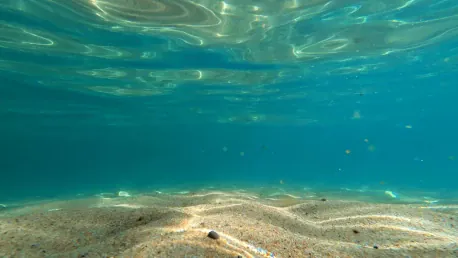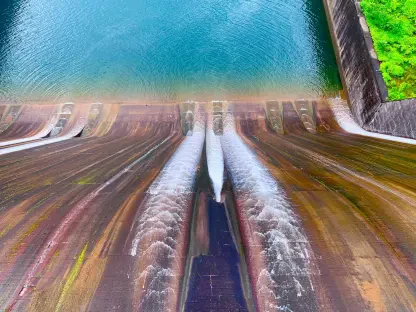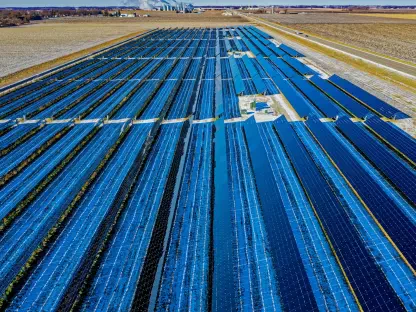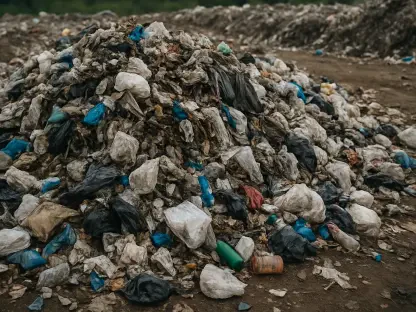The increasing reliance on undersea cables for global data transmission has placed these infrastructures at the forefront of economic and security concerns. Given that 95% of the world’s data is carried by these cables, their protection has become paramount amid escalating geopolitical tensions and evolving sabotage tactics from nations such as China, Iran, and Russia.
Growing Concerns Over Undersea Cable Security
Undersea cables are indispensable for enabling global communication, financial transactions, and military operations. Historically, these cables began as a means for telegraph communication but have evolved into critical components of today’s digital infrastructure. Instances of accidental or intentional cuts have showcased their fragility and vulnerability. With heightened geopolitical tensions, the risk of targeted sabotage by state and non-state actors has become more pronounced.
Analysis of Vulnerability and Emerging Threats
Physical Accessibility Risks
Undersea cables span significant oceanic distances, including shallow areas prone to physical damage. The potential for interception and damage remains high, given reports of cables being severed by fishing nets, anchors, and other maritime activities. The geopolitical aspect is of particular concern, with strategic disruptions by adversarial nations being a plausible threat.
Technological Innovations for Enhanced Security
To counter physical vulnerabilities, significant strides are being made in technological advancements. Innovations such as reinforced cable materials, the deployment of underwater drones for monitoring, and AI-driven threat detection systems are playing pivotal roles. These technologies vary in efficacy, with some showing higher success rates in specific scenarios. However, the sophistication of emerging sabotage tactics necessitates continual improvement and adaptation.
Geopolitical Collaboration Challenges
Securing undersea cables requires navigating the complex web of international geopolitics. Diverse political alignments and economic interdependencies often complicate collaboration efforts. Despite these challenges, robust international cooperation remains crucial. Frameworks for pooled intelligence, joint response strategies, and international agreements are essential to ensure the collective security of these critical infrastructures.
Future Trends and Strategic Projections
Technological Advancements and Regulatory Frameworks
The trajectory of technological advancements promises continual enhancements. Innovations in materials science and improved threat detection systems are expected to play crucial roles. Economically, the stakes have never been higher, pushing for stringent regulatory frameworks that mandate advanced security protocols. Redundant systems and faster repair mechanisms will likely see increasing focus in the coming years.
Importance of Redundancy in Data Flow
Given the criticality of continuous data flow, developing redundant systems has become a strategic priority. These systems are designed to ensure minimal disruption in the event of cable damage. By incorporating multiple layers of security and alternative routing options, the data transmission can be maintained even during unforeseen disruptions.
Developing Comprehensive Global Cooperation
International cooperation is fundamental in the quest to secure undersea cables. Joint efforts in intelligence sharing, technological advancements, and repair capabilities are seen as vital. Establishing and maintaining robust international agreements will be key in fostering a secure environment for global communication.
Conclusion and Strategic Recommendations
In conclusion, the protection of undersea cables was identified as a paramount concern due to their role in global communication. The threat posed by state and non-state actors, especially amidst growing geopolitical tensions, highlighted the need for vigilance. Technological advancements and international cooperation were emphasized as critical to mitigating these risks.
To further protect undersea cables, stakeholders should focus on advancing real-time monitoring and threat detection technologies, fostering international cooperation, and developing redundant systems to ensure data continuity. Businesses and professionals should adhere to best practices in cybersecurity and remain aware of the geopolitical implications of their operations. Addressing these considerations remains essential in safeguarding the undersea cables integral to global connectivity.









